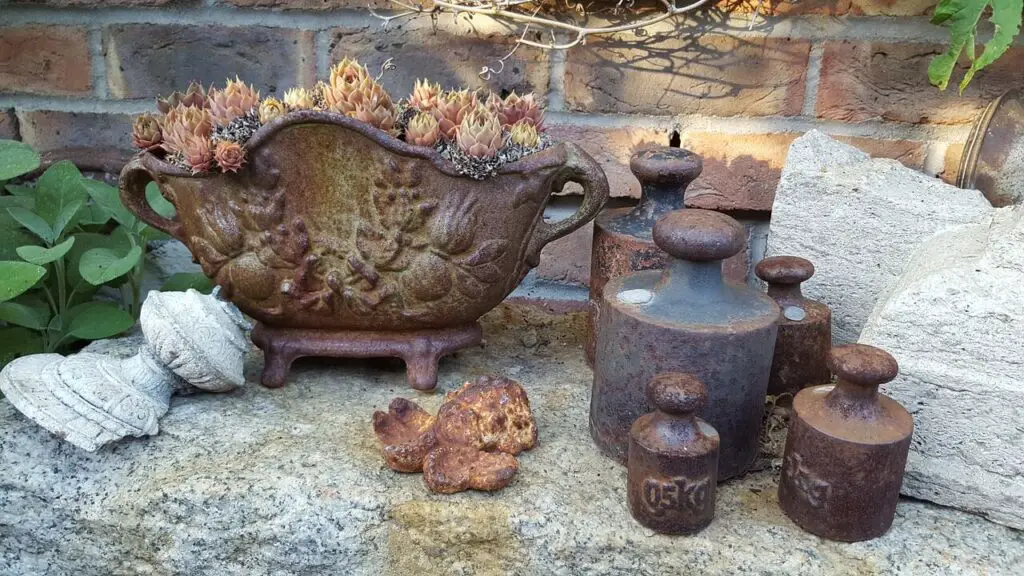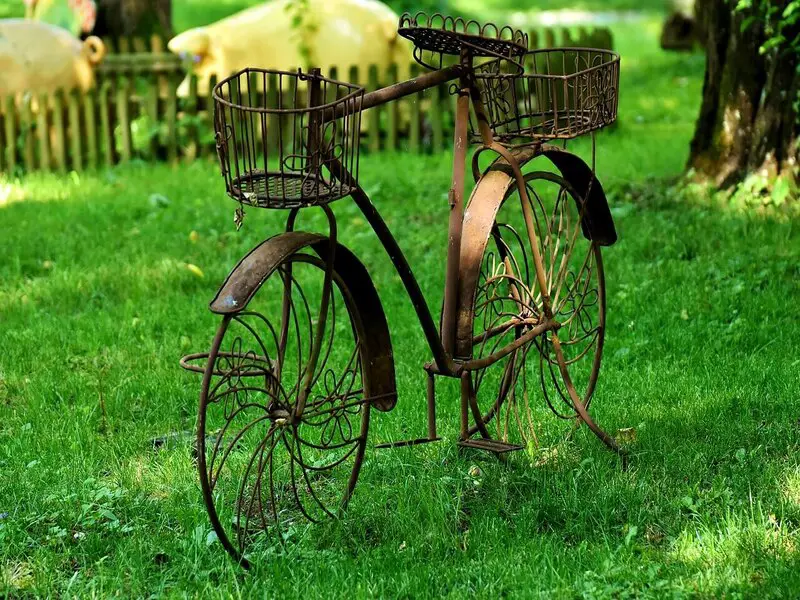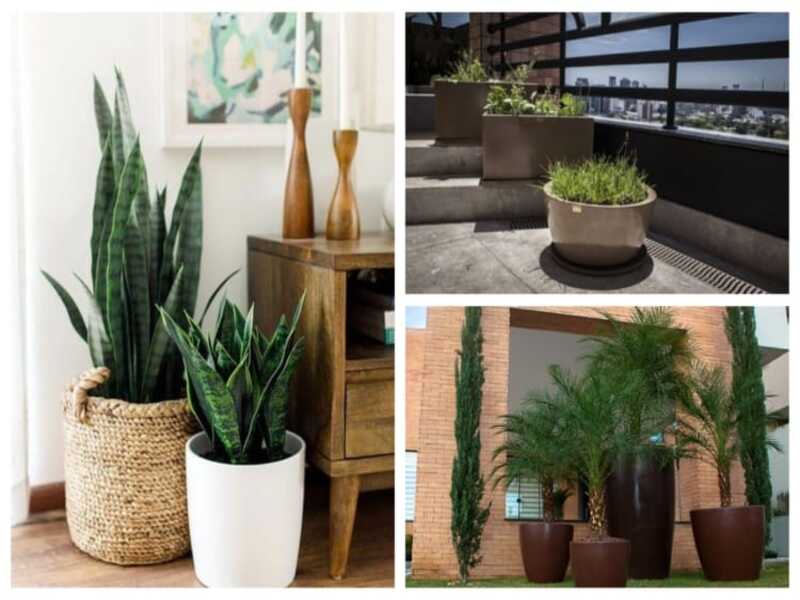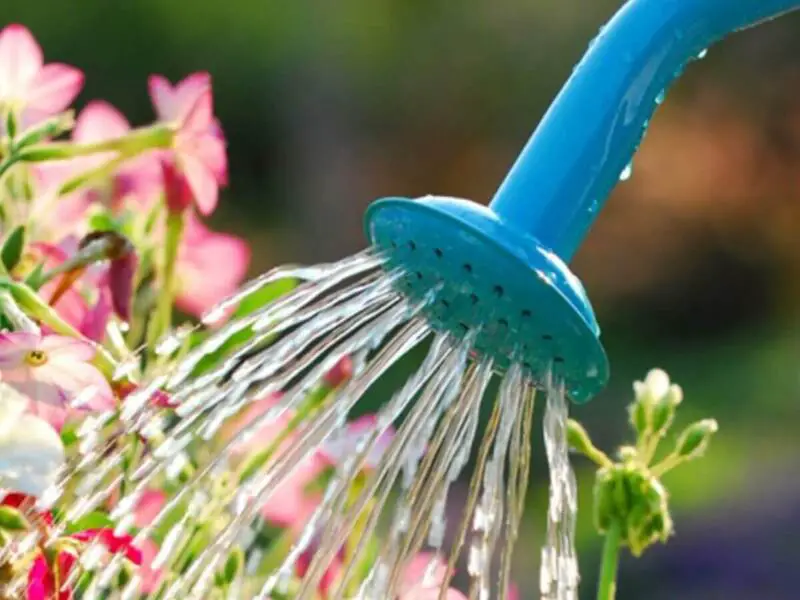Gardens can be a source of relaxation and enjoyment for many people. Decorating your garden can enhance the aesthetic appeal and transform it into a beautiful and functional space. With a few creative ideas and some basic knowledge, you can create a special style that reflects your personality and taste. In this article, we’ll discuss some tips and tricks on how to decorate your garden and create a unique and special style that will make your garden stand out.
Introduction
A beautiful garden can provide a relaxing and peaceful environment for you and your family to enjoy. A well-decorated garden can be a reflection of your personality and taste. Whether you have a small balcony or a large backyard, there are many ways to create a special style in your garden. In this article, we will explore some tips and ideas on how to decorate your garden and make it stand out.
Choose a Theme for Your Garden
Choosing a theme for your garden can make the process of designing and decorating your outdoor space more streamlined and cohesive. A theme can help you create a particular mood or atmosphere and make your garden visually appealing. There are many different garden themes to choose from, including tropical, Zen, English, Mediterranean, and more.
If you’re not sure where to start, consider selecting a theme based on your favorite colors, hobbies, or interests. For example, if you love the beach, you could create a coastal-themed garden with driftwood furniture, sea-inspired decorations, and beachy plants like succulents and agaves.
Once you have selected a theme, you can use it as a guide to choose plants, furniture, and decorations that complement each other. For instance, if you choose an English garden theme, you may want to include classic flowers like roses, peonies, and daisies, along with wrought iron furniture and traditional garden ornaments like bird baths and fountains.
Incorporating a theme into your garden can help you create a sense of unity and purpose, and it can make your outdoor space feel more inviting and relaxing. Whether you choose a tropical paradise or a peaceful Zen retreat, selecting a theme for your garden is a great way to personalize your outdoor space and create a space that is uniquely yours.
Select the Right Plants and Flowers
Choosing the right plants and flowers is crucial when it comes to creating a beautiful and thriving garden. Plants and flowers not only add visual appeal to your garden but also help to create a healthy ecosystem for birds, insects, and other wildlife. When selecting plants, there are several factors to consider.
First, consider the growth habits of the plants you want to include in your garden. Some plants grow tall and narrow, while others are short and bushy. Some plants spread out and take up a lot of space, while others stay in tight clumps. Make sure to choose plants that will fit well in your garden space and not overcrowd each other.
Next, consider the sunlight requirements of the plants you want to include. Some plants require full sun to thrive, while others prefer partial or full shade. Make sure to choose plants that will be happy in the amount of sunlight that your garden receives throughout the day.
Water needs are another important factor to consider when selecting plants. Some plants require a lot of water, while others are more drought-tolerant. Make sure to choose plants that match the watering needs of your garden, and group plants with similar water requirements together.
When selecting plants, it’s also important to consider their seasonal bloom time. Choose a mix of plants that bloom at different times throughout the year to ensure year-round color in your garden.
Finally, mix and match plants with different textures, heights, and colors to create a visually interesting garden. Use taller plants as a backdrop for shorter ones, and vary the size and shape of plants to create a layered look. Incorporating a variety of colors and textures can add depth and dimension to your garden, making it a truly special and unique space.
Use Garden Art to Add Personality
Adding garden art is a great way to personalize your garden and create a unique space that reflects your personality and style. There are many different types of garden art to choose from, including sculptures, statues, fountains, and even handmade creations.
One of the best things about garden art is that it can serve as a focal point in your garden. This means that it can draw the eye and create a sense of visual interest, helping to make your garden look even more beautiful. Consider placing garden art in strategic locations throughout your garden, such as at the end of a path or in the center of a flower bed.
If you’re feeling creative, you can even create your own garden art using recycled materials or found objects. For example, you could create a sculpture out of old bicycle parts or use old glass bottles to make a colorful garden border. The possibilities are endless, and creating your own garden art can be a fun and rewarding way to express your creativity.
When selecting garden art, make sure to choose pieces that complement your garden’s overall theme and style. For example, if you have a Zen garden, you may want to choose a sculpture that has a calming and meditative feel. If you have a tropical garden, you could choose a brightly colored statue of a bird or animal.

Add Water Features for Tranquility
Adding water features to your garden can be an excellent way to create a peaceful and calming atmosphere. The sound of running water can help to drown out noise pollution from nearby roads or neighbors, while also creating a soothing and tranquil environment.
There are many different types of water features to choose from, including fountains, ponds, and waterfalls. When selecting a water feature for your garden, it’s important to consider the size of your space and the amount of maintenance required. For example, a large pond may not be practical for a small backyard, while a small fountain may not provide enough of a visual impact in a larger space.
In addition to adding a sense of tranquility to your garden, water features can also provide a habitat for aquatic plants and fish. Adding water plants such as lilies, lotus, or water hyacinth can help to oxygenate the water and create a more natural and organic environment. Fish, such as koi or goldfish, can also add a fun and lively element to your water feature.
When choosing a water feature for your garden, it’s important to consider the style and theme of your space. A Zen garden may benefit from a small, simple fountain, while a more naturalistic garden may be better suited to a larger, meandering pond or waterfall. No matter what type of water feature you choose, it’s sure to add a sense of tranquility and relaxation to your outdoor space.
Create Seating Areas for Relaxation
Having a comfortable seating area in your garden can be a great way to relax and enjoy the outdoors. Whether you want to read a book, have a cup of tea, or simply take in the scenery, a seating area can provide a comfortable space for you to do so.
When creating a seating area in your garden, it’s important to consider the style and theme of your space. You can choose from a wide range of seating options, including benches, chairs, or even a cozy hammock. Select seating that is comfortable, durable, and weather-resistant, so that it can withstand the elements and provide long-lasting comfort.
To make your seating area even more inviting, consider adding cushions, pillows, and throws. These soft furnishings can provide extra comfort while also adding a pop of color and style to your space. You can choose from a wide range of fabrics and patterns to match your garden’s theme and create a cohesive look.
When placing your seating area, consider the view and the surrounding environment. You may want to place it in a spot with a great view, or in a secluded area for a more private and intimate atmosphere. Adding plants or flowers nearby can also create a more natural and serene environment.
Use Lighting to Enhance the Atmosphere
Lighting is a crucial element in any garden decoration project. It can help create the right mood and atmosphere, especially in the evening. Garden lighting can also provide safety and security for you and your guests. There are different types of lighting that you can use to enhance the ambiance of your garden.
String lights are a popular choice for garden lighting. They can be used to line paths, trees, and fences, creating a warm and inviting atmosphere. Lanterns can also be used to add a touch of charm to your garden. They come in different shapes and sizes, and can be hung from trees, pergolas, or posts.
Candles are another great option for garden lighting. They can be used to create a romantic and intimate atmosphere. You can place candles on tables, on the ground, or in lanterns. Be sure to use flameless candles if you have children or pets.
Solar-powered lights are a more environmentally-friendly option. They use solar panels to charge during the day and then automatically turn on at night. Solar lights come in different shapes and sizes, and can be used to light up pathways, steps, and other areas of your garden.
When selecting lighting for your garden, consider the size and layout of your space. You may need more lighting for larger gardens or for areas with dense foliage. You should also consider the amount of light you need. Some areas may require brighter lighting, while others may only need a soft glow.
Using lighting to enhance the ambiance of your garden can be a fun and creative process. Experiment with different types of lighting and see what works best for your space. Remember to keep safety in mind when using candles or other open flames in your garden. With the right lighting, you can create a beautiful and enchanting garden that can be enjoyed day and night.
Incorporate Garden Structures
Incorporating garden structures into your garden decoration is a great way to add height and dimension to your space. Garden structures such as arbors, trellises, and pergolas not only add visual interest but also provide a framework for climbing plants such as roses, ivy, or vines. These structures can be used to create a focal point in your garden or to define different areas.
When selecting garden structures, consider their size, style, and material. Choose a style that complements the overall theme of your garden. For example, a rustic wooden arbor might be a good fit for a cottage garden, while a sleek metal pergola might be more appropriate for a modern garden.
Materials such as wood, metal, and vinyl offer different advantages and disadvantages. Wood is a natural and traditional material that adds warmth and character to your garden. It’s also easy to customize with paint or stain to match your preferred color scheme. However, wood requires regular maintenance such as staining or sealing to protect it from rot and decay.
Metal structures such as wrought iron or aluminum are sturdy and durable, and can withstand harsh weather conditions. They are also low-maintenance and require only occasional cleaning. However, metal structures tend to be more expensive than other materials, and some may not be as visually appealing as other options.
Vinyl garden structures are lightweight and easy to install, making them a popular choice for DIY projects. They are also low-maintenance and resistant to rot and insects. However, vinyl may not be as durable as other materials and may fade or crack over time.
Use Textures and Patterns
Incorporating textures and patterns into your garden can create a visually interesting and dynamic space. One way to add texture is by using different materials such as stone, wood, or metal. For example, you can use stone pavers for a pathway or wooden planks for a deck. These materials not only add texture but also provide a functional element to your garden.
Patterns can also add visual interest to your garden. Consider using patterns such as stripes, polka dots, or chevron for garden cushions, outdoor rugs, or even for your garden fence. These patterns can make your garden feel more dynamic and fun.
Another way to add texture and pattern is by using plants. Plants with different textures such as spiky succulents or soft ferns can create a layered and interesting look. Mixing plants with different leaf sizes and shapes can create a natural and organic pattern in your garden.
When incorporating textures and patterns, be mindful of not overdoing it. Too many textures and patterns can create a chaotic and overwhelming look. Choose a few key elements and make them stand out, rather than trying to incorporate too much.
Add Color to Your Garden
Adding color to your garden is a great way to enhance its beauty and create a visually appealing space. Flowers are one of the best ways to add color to your garden. When choosing flowers, consider the colors that complement each other and your garden theme. You can also choose flowers based on their seasonal bloom time to ensure year-round color in your garden.
In addition to flowers, you can add color to your garden with plants and decorations. Choose plants with colorful foliage or berries to add interest and variety to your garden. You can also add colorful decorations such as garden flags, wind chimes, or painted rocks.
When using color in your garden, it’s important to consider the overall effect you want to create. For example, warm colors like red, orange, and yellow can create a lively and energetic atmosphere, while cool colors like blue and purple can create a calming and relaxing effect. You can also use color to create a specific mood or theme in your garden. For example, a garden with mostly white and pastel colors can create a romantic and elegant atmosphere.
Maintain Your Garden Decoration
Maintaining your garden decoration is crucial to ensure its longevity and attractiveness. One of the most important tasks is regular watering, especially during dry and hot weather conditions. It’s essential to water plants deeply, so the water reaches their roots, rather than just the surface. Make sure to check the soil moisture levels before watering, as over-watering can be detrimental to your plants.
Pruning is another essential task that helps maintain the shape and health of your plants. Regularly removing dead or diseased branches can prevent the spread of pests and diseases, allowing your plants to grow healthier and stronger. Fertilizing your plants is also important to ensure they receive the necessary nutrients to thrive. Choose a fertilizer that matches your plant’s needs and follow the instructions carefully to avoid over-fertilizing, which can harm your plants.
Regular cleaning and polishing of your garden decorations can keep them looking new and shiny. Clean bird baths, fountains, and other water features regularly to prevent the build-up of algae and other debris. Use a gentle soap and a soft-bristled brush to remove dirt and grime from your decorations. Additionally, consider adding new decorations or plants to your garden to refresh its look and feel. Over time, your garden may become too familiar, and adding new elements can bring new life and excitement to your outdoor space.
Conclusion
Decorating your garden can be a fun and rewarding experience. With a few creative ideas and some basic knowledge, you can create a special style that reflects your personality and taste. Choose a theme, select the right plants and flowers, use garden art, add water features, create seating areas, use lighting, incorporate garden structures, use textures and patterns, add color, and maintain your garden decoration. With these tips and tricks, you can transform your garden into a beautiful and functional space that you and your family can enjoy for years to come.




